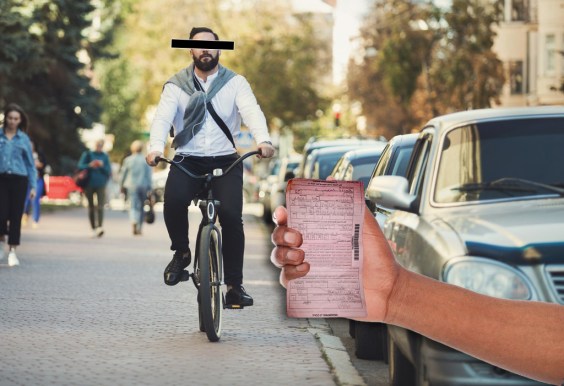You know we've reached a low point in U.S. infrastructure policy when state officials are selling off public utilities in order to fund $1.7 billion highway interchanges.
Contrast American gimmicks with the progress of some of our international competitors. Systemic Failure reports today that China is now operating four high-speed rail lines at a profit, even when factoring in payments to cover construction costs. By 2015, China will have built more than 11,000 miles of track for the country's ultra high-speed "bullet trains," and by 2020, they hope to expand to more than 31,000 miles.
Meanwhile, France is experimenting with a new fare system to make high-speed train travel more affordable for some trips, reports Yonah Freemark at the Transport Politic. They call the new service OuiGo, and it's designed to lure people out of their cars by charging peanuts for inter-city travel:
OuiGo will offer 300 km/h TGV speed at very low prices, starting at €10 for journeys between the Paris region and the Mediterranean coast (Montpellier and Marseille, via Lyon), a trip of about 500 miles (10% of overall tickets will be as low as that, with the rest increasing to a maximum of €85). SNCF claims that these ticket prices are the lowest available in the world for high-speed trains. Current TGV tickets start at €19 for similar journeys, but generally are above €50. OuiGo tickets will always be cheaper than equivalent TGV tickets on similar journeys.
Which country do you think will be best positioned if energy prices rise?
Elsewhere on the Network today: A View from the Cycle Path explains how Dutch "woonerven" -- nearly car-free residential areas -- differ from "shared space," which author David Hembrow says is still designed to accommodate cars. Transit Miami thinks about what it would take to make Miami "a real city." And Boston Biker reports that a project in Somerville has triggered the old bike infrastructure-vs-parking debate in the local press.






